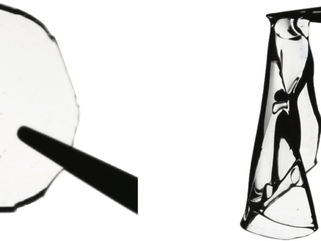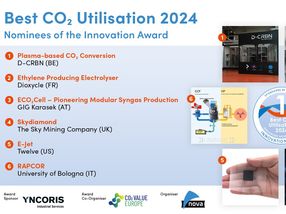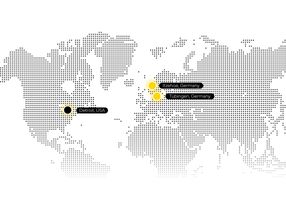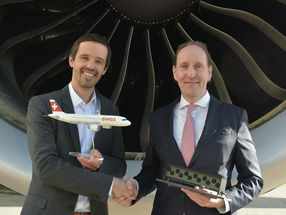Eastern Europe and Niche Applications Stimulate the European Polymer Blends Market
Hard hit by the global economic slowdown in 2009, the European polymer blends and alloys market is on the upswing again, thanks mainly to high growth potential in Eastern Europe, particularly for electronics applications. Electronic housing and computer-related applications will be the main development areas for polymer blends, especially polycarbonate blends, but bio-based polymer blends are just as promising, as environmental concerns escalate worldwide.
New analysis from Frost & Sullivan, European Polymer Blends and Alloys Markets, finds that the market earned revenues of €346.0 million in 2009 and estimates this to reach €453.00 million in 2016. The application areas covered in this research service are: transportation, electronics, consumer goods, construction and industrial applications.
“The electronic housing industry, including housing of IT-related products such as personal computers and laptops, will be the major growth driver for the polymer blends and alloys market in Europe as global manufacturers of electronic and IT-related products move their manufacturing bases to Eastern Europe, which offers better quality control standards than Asia,” states Frost & Sullivan Research Analyst Aniruddh Menon.
Bio-based polymer blends offer equally good growth potential. Companies in that market are rapidly diversifying from bags and packaging-related applications to high performance applications, the major drivers behind the replacement of engineering and commodity plastics with bio-based or biodegradable plastics.
However, blend manufacturers must identify new application areas for polymer blends. Polymer blends are more expensive than commodity polymers, due to higher processing costs. As companies tighten their budgets, they are opting to move towards modified commodity polymers like long glass fibre re-enforced Polypropylene or ABS, especially in high-volume applications like automotive. These polymers offer nearly the same performance as polymer blends. Thus, it is necessary to identify niche applications in which commodity polymers cannot replace polymer blends. Additionally, the growing presence of Asian polymer blend suppliers in Eastern Europe is stepping-up competition, making it more challenging for the European blend manufacturers to boost their market share.
“Although polymer blend manufacturers are unlikely to show growth in the current market scenario, demand should increase after 2012 once automotive and electronic manufacturers begin to free up their budgets compared to the 2008-2010 period. This will result in some manufacturers opting for polymer blends, which, though comparatively costlier, provide higher performance levels than commodity polymers.” explains Menon.
Until then, polymer blend manufacturers should work closely with customers to identify the niche opportunities in polymer blend applications. Bio-based polymer blends, for example, is a very promising investment for companies, as growing environmental awareness and government regulations fuel demand for sustainable products that can be used for engineering applications.
Most read news
Topics
Organizations
Other news from the department business & finance

Get the chemical industry in your inbox
From now on, don't miss a thing: Our newsletter for the chemical industry, analytics, lab technology and process engineering brings you up to date every Tuesday and Thursday. The latest industry news, product highlights and innovations - compact and easy to understand in your inbox. Researched by us so you don't have to.


























































